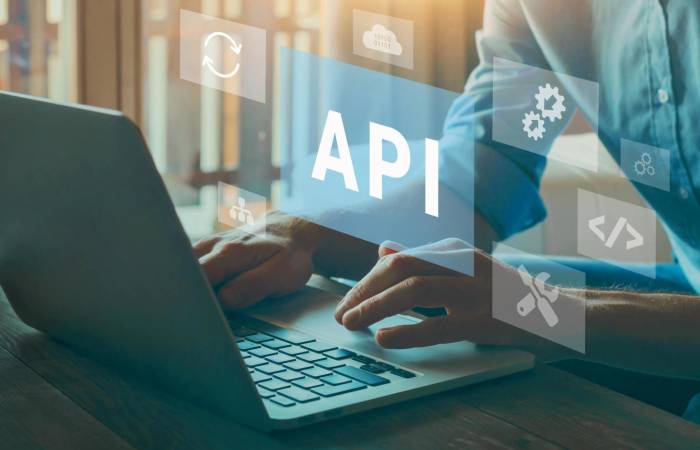Table of Contents
Introduction
In simple terms, an API endpoint is one end of a communication network where an API receives requests about a specific resource on its server. In APIs, an endpoint is typically a URL that offers the location of a resource on the server through which APIs access the required resources to perform their function.
Key Characteristics of API Endpoint:
- Unique identifiers: Endpoints have distinct addresses for straightforward API navigation.
- Request/response cycle: The API receives a request specifying an action and data inputs, then responds with corresponding information or confirmation.
- Structured data formats: Responses frequently employ standardized formats such as JSON or XML to enable straightforward analysis.
- Clear documentation: Comprehensive API documentation outlines each endpoint’s intended usage, parameters, and expected response data.
Structure of API Endpoint:
- Base URL: The source address of the API, like https://api.example.com
- Resource path: The specific resource you’re targeting, like /users or /products.
- Parameters: Voluntary details that refine the request further, like ?id=123.
- HTTP method: The actions desired to perform, like GET to retrieve data, POST to create new data, PUT to update existing data, or DELETE to remove data.
Types of API Endpoints:
- CRUD Endpoints: Perform core operations create, read, update, and delete on API data resources.
- Action Endpoints: Trigger predefined API actions such as sending emails or enabling payments.
- Search Endpoints: Query and filter API data based on specified parameters.
- Relationship Endpoints: Access related data across API resources, like retrieving all user orders.
Importance of API Endpoint:
APIs globally enable the transfer of critical information, transactions, and functionalities across organizations. As API adoption accelerates, ensuring flawless communication at each interaction point grows crucial for API success.
Furthermore, endpoints designate the resources available to APIs and prove integral to smooth functioning between connected software. Overall, APIs depend on maintaining effective communication with endpoints to deliver data and services reliably. Vigilant endpoint management, therefore, provides a linchpin for optimized API performance.
Conclusion:
In conclusion, an API endpoint is a specific location within an API that receives requests and sends back responses. It’s a method for different systems and applications to communicate with each other through sending and receiving information and instructions via the endpoint.
It empowers developers to access data and functionality from other systems and to develop new apps that can effortlessly access and use data and functionality from other systems.
By understanding the concepts, types, and functionalities of API endpoints, one can unlock their potential for data exchange, application integration, and driving innovation in any business project. Hence, explore various APIs, test out different endpoints, and harness the power of this transformative technology!

